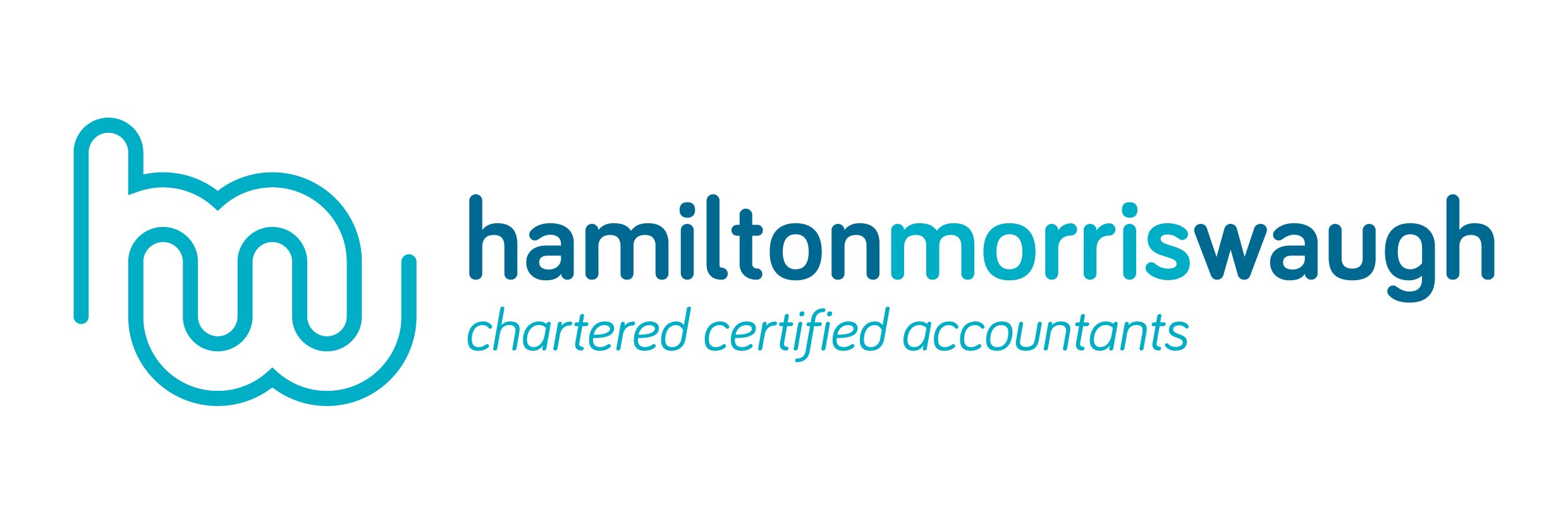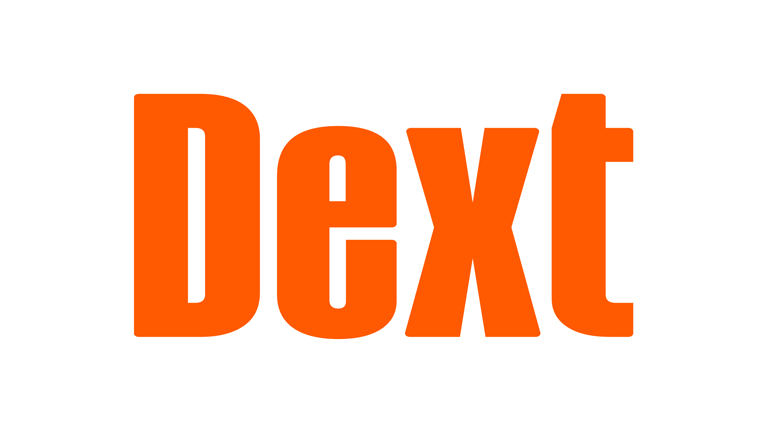Cashflow forecasting is one of those universal accounting practices that can benefit everyone, from sole traders to rapidly growing enterprises.
So, why is a cashflow forecast important? In short, cashflow forecasting gauges incoming funds and outgoing costs to obtain an understanding of how your finances change over a period of time, often monthly, but sometimes quarterly or weekly.
Let’s delve into cashflow forecasting and why it’s important.
What is a cashflow forecast?
Before you understand why a cashflow forecast is important, you need to understand what it is. In essence, cashflow forecasting is the process of mapping out your company’s projected cash inflows and outflows over a specified period.
By calculating the cash balance between income and expenses, you can better plan for both expected and unexpected business fluctuations.
This enables businesses to make informed decisions about their future. Being stuck with bills at the wrong time isn’t ideal for any business – cashflow forecasting makes it possible to put money away to cover costs when required.
On the flip side, forecasts should expose when you have excess cash – ideal for reinvesting into the business.
All businesses, no matter how big or small, benefit from cashflow forecasting. For example, you might be a sole trader with primarily seasonal work assessing how to plan your finances for the months ahead or a retail business with fluctuating week-to-week sales.
Here’s a quick explanation of how cashflow forecasting works:
- Define your timeframe: Determine the period you want to forecast. This can be weekly, monthly, quarterly, or annually. Consider your business model and industry norms. For instance, a retail business might benefit from weekly forecasts during peak seasons.
- Identify inflows: Detail every potential source of income, from sales and returns to interest and investments. This involves studying past sales patterns, securing sales contracts, and estimating fluctuations in sales.
- Detail outflows: List all business expenses, including fixed costs like rent and variable costs like production materials. Don’t forget irregular payments like annual insurance or quarterly tax payments.
- Consider seasonal trends: Most businesses see peaks and troughs. A retail business might see a surge during Christmas, while a tourism business might thrive in the summer. Account for these fluctuations.
- Use digital tools: Leverage accounting software to input data and get projections.
- Regularly review and adjust: A cashflow forecast is a living document. As market conditions change or as your business evolves, revisit and tweak the forecast accordingly.
Why is a cashflow forecast important: examples
There’s no straightforward answer to the question, “why is a cashflow forecast so important?” The truth is, cashflow forecasting can bring many benefits to your business, and its true impact will depend on your unique business needs.
Clarity and vision
An accurate cashflow forecast illuminates the financial path ahead. By mapping out expected cash inflows and outflows, businesses can anticipate their position down the line, making financial navigation more straightforward.
Example: A tech start-up might forecast a significant inflow after a product launch, allowing it to plan potential investments or expansions during that period.
Informed decisions
Having data at your fingertips means smarter, strategic decisions. With a precise cashflow forecast, actions such as timing major purchases or capitalising on sudden opportunities become more intuitive.
Example: If a café predicts a surplus during the summer months due to increased tourist traffic, it could decide to introduce a new seasonal menu backed by the expected increased revenue.
Mitigating risks
Predicting challenges allows businesses to be better prepared. A cashflow forecast can spotlight potential shortfalls or periods of strain, giving businesses a heads-up to strategise. It can also expose the impacts of potential worst-case scenarios so you can come up with contingency plans.
Example: An online retailer, upon forecasting a potential cash crunch during off-peak sales months, might introduce promotional events or flash sales to boost revenue during those lean periods.
Financial health check
Consistent reviews of a business’s cashflow against its forecasts can identify both growth areas and potential concerns. It’s a barometer, of sorts, for financial wellbeing, highlighting where adjustments might be necessary.
Example: After noticing that actual earnings consistently fall below forecasts, a freelance graphic designer might decide to diversify services or seek new client avenues.
Confidence in planning
In any business strategy or proposal, backing up plans with solid financial projections adds weight to the argument.
A comprehensive cashflow forecast shows foresight and careful planning, which are key for instilling confidence in potential investors or stakeholders.
Example: A small tech firm, when pitching to potential investors, might use its cashflow forecast to demonstrate anticipated profitability post-investment, assuring investors of the soundness of their venture.
Your financial ally in forecasting
While forecasting can be done independently, partnering with professionals who understand the unique dynamics of business and forecasting best practices offers an added layer of precision and insight.
A well-crafted cashflow forecast is your beacon, ensuring you steer your business confidently into the future.
We’re here to understand your journey, ensuring that every step you take is on solid financial ground.
Why is a cashflow forecast important? How can you create a realistic forecast? How do you know if your business is financially sound? Speak to us today to answer these questions and more.


